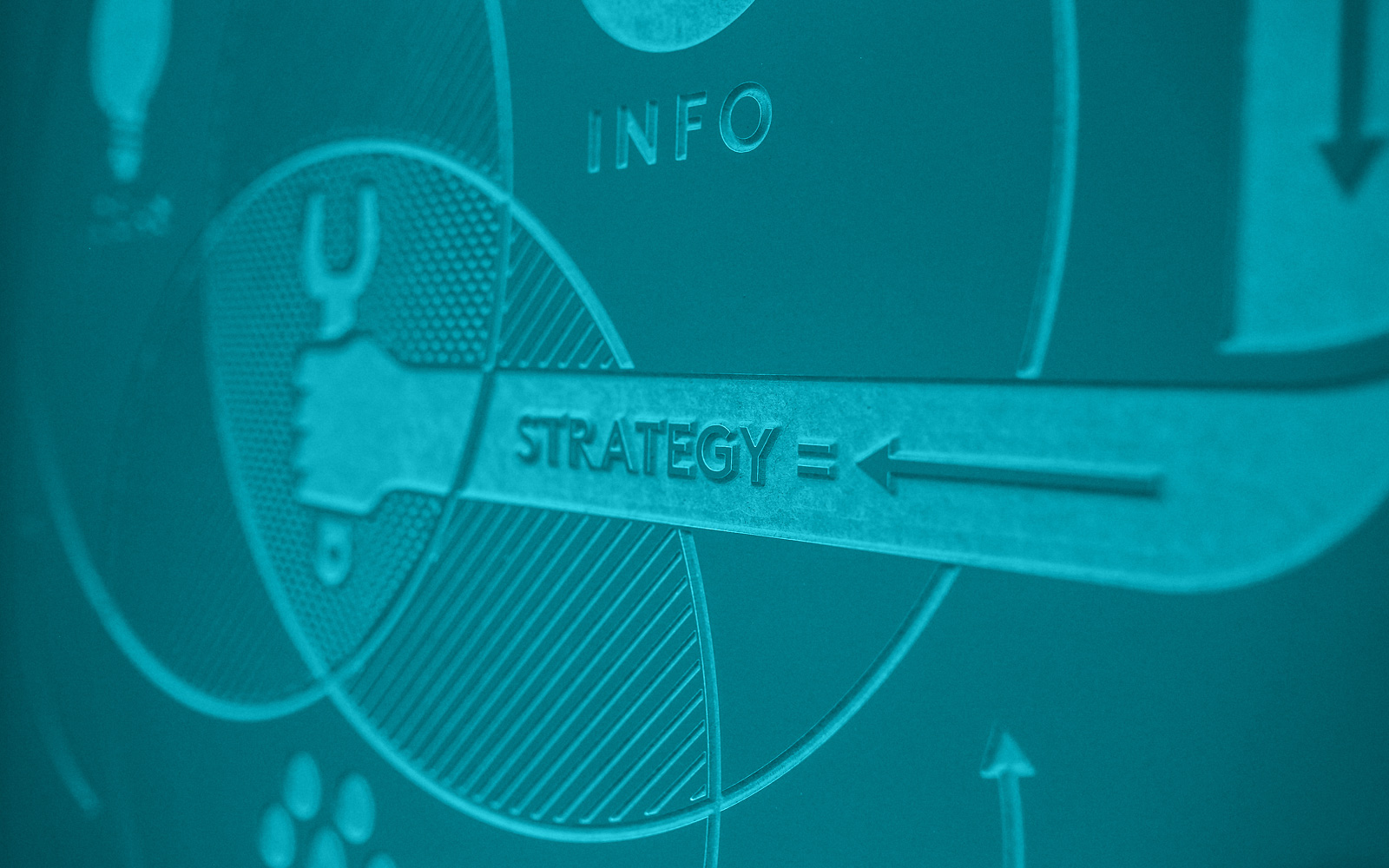
2026 Starts Now
Marketing is evolving at an unprecedented pace. Artificial intelligence is reshaping content creation, algorithms are changing the rules of engagement, and consumers are demanding greater relevance, personalization, and authenticity from the brands they support.
As we approach 2026, the most successful marketers will be those who seamlessly integrate technology with human creativity, align brand strategy with business objectives, and plan with agility. Whether you are leading an in-house team or collaborating with an agency, these are the trends to watch.
This article kicks off Rizco’s three-part “Planning for 2026” series, where we’ll explore the trends, budgets, and strategies you need to stay ahead in the coming year.
AI Will Enhance, Not Replace Creativity
In 2026, AI won’t be optional. It will be a core tool for streamlining content repurposing, enabling personalization at scale, and uncovering actionable insights. But while AI can accelerate production, it can’t replace the creativity, intuition, and authenticity that only humans bring to brand storytelling. In fact, 42% of marketers use AI tools daily or weekly for writing or generating content, which allows them to focus on refining the tone, style, and narrative to ensure it aligns with the brand’s voice.1 This shows how AI can handle repetitive tasks while giving creative professionals more bandwidth to focus on strategic, high-value work.
The most successful brands will use AI as a partner, not a replacement, pairing human-led strategy with AI-assisted execution. This approach safeguards authenticity while leveraging the productivity and insights AI brings.
Audit and document your brand voice now so AI tools can enhance, rather than dilute, your storytelling.
Authenticity Will Take Lead
Gen Z and Gen Alpha are redefining “brand trust.” They’re not just buying products or services – they’re investing in purpose and expect transparency, relatability, and real access to the people and values behind a brand. While polished content has its place, it’s the raw, human, and genuine moments that build loyalty. In fact, 79% of Gen Z say brand trust is more important than ever, and 73% trust brands more when they reflect today’s culture. This isn’t a niche preference—it’s the new baseline.2
To build this level of trust, start weaving authenticity into your content calendar by highlighting user-generated content, amplifying the voices of founders and leaders, and sharing behind-the-scenes stories that reveal the people driving your brand forward. These authentic touchpoints don’t just generate impressions; they create meaningful connections.
(We’ll explore this trend further in Part 3 of our Planning for 2026 series, coming in November.)
Diversification Will Shape Paid Media
Relying on just one or two platforms is no longer a sustainable approach. With shifting algorithms and tightening privacy rules, overconcentration is a risk. In fact, campaigns using three or more channels achieve nearly four times the engagement of single-channel efforts (18.96% vs. 5.4%).3
In 2026, winning strategies will embrace omnichannel approaches—blending social, search, retail media, and emerging networks. Spreading your budget across channels reduces risk and expands reach. Reserve 10–15% of your paid media budget each quarter for testing new platforms and formats to stay agile and ahead of changing audience behaviors.
Next month, in Part 2 of our Planning for 2026 series, we’ll share how to build a budget that supports these trends and maximizes every dollar. Have a lean budget? Learn practical, low-cost strategies to maximize impact from our article, Marketing on a Shoestring Budget.
Adaptability Will Drive Success
Data only becomes valuable when it informs action. While long-term planning remains essential, the brands that will thrive in 2026 are those that can pivot quickly based on real-time performance insights.
A “test, learn, optimize” approach will consistently outperform rigid, one-size-fits-all annual marketing plans. More than flawless execution, campaigns succeed when they launch with momentum, track results, and improve with each iteration. This mindset enables marketers to adapt quickly to shifting consumer behaviors, evolving algorithms, and emerging trends, all while maintaining forward momentum.
Instead of treating campaigns as one-and-done, allocate budget for ongoing optimization. By continuously testing new ideas, refining their creative approach, and adjusting channels, brands can maximize impact and ROI while staying ahead in a rapidly evolving landscape.
Strategic Partnerships Amplify Impact
In today’s evolving marketing landscape, which encompasses AI, omnichannel strategies, authenticity, and agility, it takes specialization to stay ahead. Many brands can’t (and shouldn’t) do it all in-house, which is where agency partnerships provide a competitive edge.
In 2026, successful brands won’t just outsource tasks; they’ll collaborate with agencies as true extensions of their team, gaining access to expertise, cross-industry insights, and scalable creative resources. According to Foundry, 37% of organizations already allocate part of their marketing budget to partner marketing, and 62% expect that to grow in the coming year—underscoring the value of external collaboration.4
Strategic partnerships help brands stay lean, agile, and focused while agencies bring fresh perspectives, cutting-edge tools, and the bandwidth to execute quickly. At Rizco, we help brands bridge the gap between insight and execution by serving as an extension of your marketing team or as your dedicated partner.
Trends Inform, Strategy Delivers
Spotting trends is only the first step in planning your 2026 marketing strategy. The real advantage lies in identifying which ones truly fit your brand. Not every trend will align with your audience, values, or long-term goals. The brands that succeed will be those that turn insights into tailored strategies, using trends to inform decisions rather than chasing the latest buzz.
By evaluating trends through the lens of brand identity, budget, and business objectives, you can prioritize initiatives that enhance your story, deepen audience connections, and drive measurable impact.
Ready to start planning your 2026 Marketing Strategy? Let’s connect.
1 https://sproutsocial.com/insights/ai-content-marketing
2 https://www.amraandelma.com/brand-trust-and-transparency-statistics
3 https://www.invoca.com/blog/retail-marketing-statistics
4 https://foundryco.com/news/partner-marketing-success-drives-confidence-and-increased-investment


